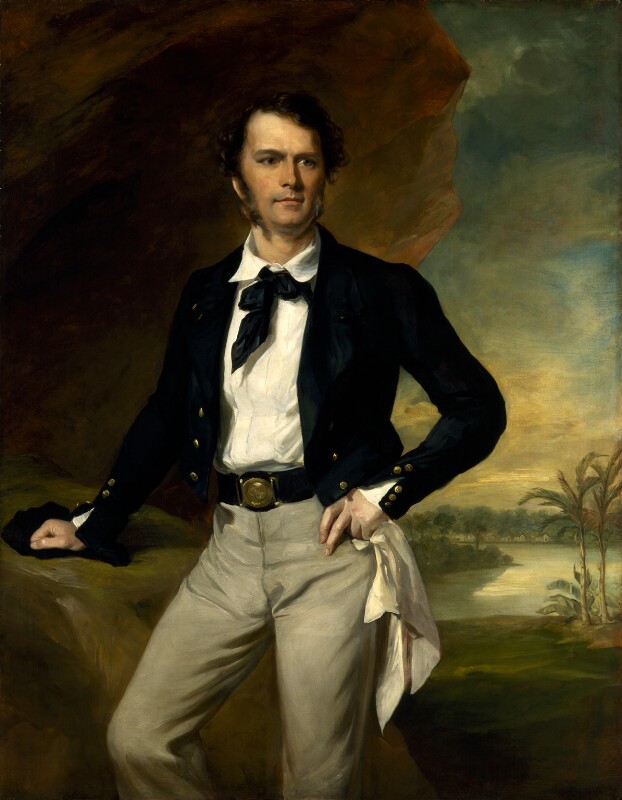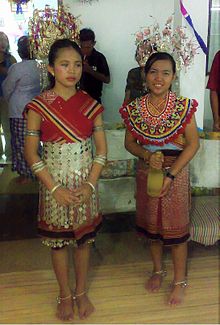Musical & Dancing Heritage
Iban music is percussion-oriented. The Iban have a musical heritage consisting of various types of agung ensembles - percussion ensembles composed of large hanging, suspended or held, bossed/knobbed gongs which act as drones without any accompanying melodic instrument. The typical Iban agung ensemble will include a set of engkerumungs (small agungs arranged together side by side and played like a xylophone), a tawak (the so-called 'bass'), a bendai (which acts as a snare) and also a set of ketebung or bedup (a single sided drum/percussion).
The Iban music called taboh is made by playing a set of the four musical instruments namely engkerumong, tawak, bebendai and ketubong or sometimes called bedup which are respectively played by each person in synchronization. There are various kinds of taboh depending the purpose and types of ngajat like "alun lundai".
The gendang can be played in some distinctive types corresponding to the purpose and type of each ceremony with the most popular ones are called gendang rayah and gendang pampat.
Sape is originally a traditional music by Orang Ulu (Kayan, Kenyah and Kelabit). Nowadays, both the Iban as well as the Orang Ulu Kayan, Kenyah and Kelabit play an instrument resembling the guitar called Sape (instrument). Datun Jalut and nganjak lansan are the most common traditional dances performed in accordance with a sape tune. The Sape (instrument) is the official musical instrument for the Malaysian state of Sarawak. It is played similarly to the way rock guitarists play guitar solos, albeit a little slower, but not as slow as blues. One example of Iban traditional music is the taboh.
The Ibans perform a unique dance called the ngajat. It serves many purposes depending on the occasion. During Gawai, it is used to entertain the people who in the olden days enjoy graceful ngajats as a form of entertainment. Iban men and women have different styles of ngajat. The ngajat involves a lot of precise body-turning movements and often uses hand-held weapons. The ngajat for men is more aggressive and depicts a man going to war, or a bird flying (as a respect to the Iban god of war, Singalang Burong). The women's form of ngajat consists of soft, graceful movements with very precise body turns and sometimes uses the traditional "pua kumbu". Each ngajat is accompanied by the taboh.
There are various types of Iban traditional dance called ngajat such as:
- ngajat ngalu temuai (welcoming dance) by a group of females,
- ngajat indu (female dance),
- ngajat pua kumbu (a female dance with a woven blanket which is most likely woven by heself),
- ngajat lelaki (male dance),
- ngajat lesung (rice mortar dance),
- ngajat ngena capak/pinggai ngau kerubong strum (dance with a rice ceramic plate held on each palm while tapping the plates with an empty bullet shell inserted into the middle fingers of both hands),
- ngajat bujang berani ngena terabai ngau ilang (warrior dance with full costume, a shield and sword),
- ngajat bebunoh (hand combat dance normally between two dancers),
- ngajat laki ngau indu (dance by a group of men and ladies),
- ngajat niti papan (dance by a group of men and ladies on a a raised up wooden plank)
- ngajat atas tawak (dance on top of two gongs by two ladies and two men).
- ngajat ngalu pengabang (dance by a man with several ladies behind who lead the procession of guests during festivals)
- ngajat Panggau Libau as a group of men with a sword and isang leaves.
- ngerandang ngau ngelalau jalai (path-clearing and fencing dance for main festivals)







